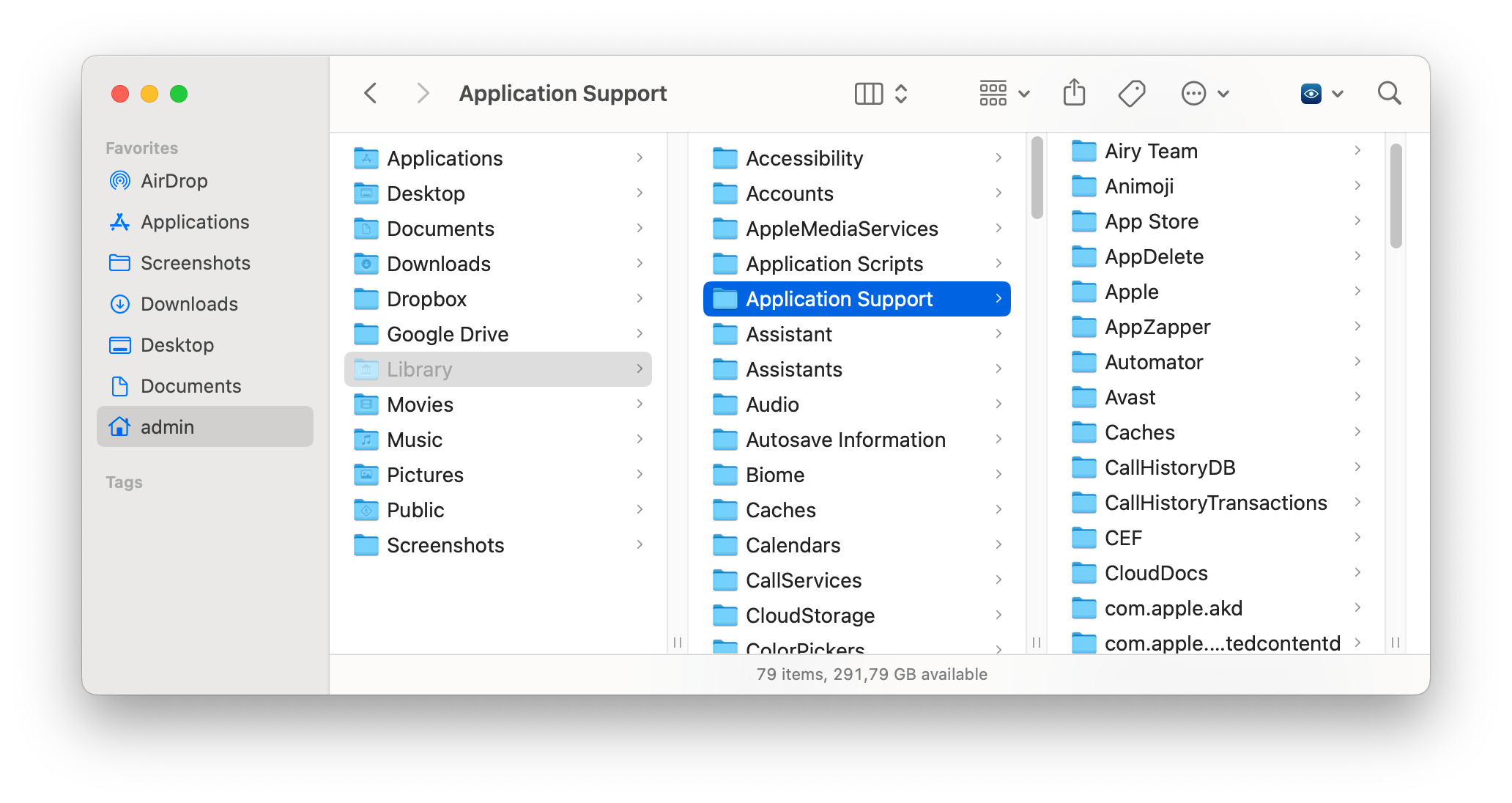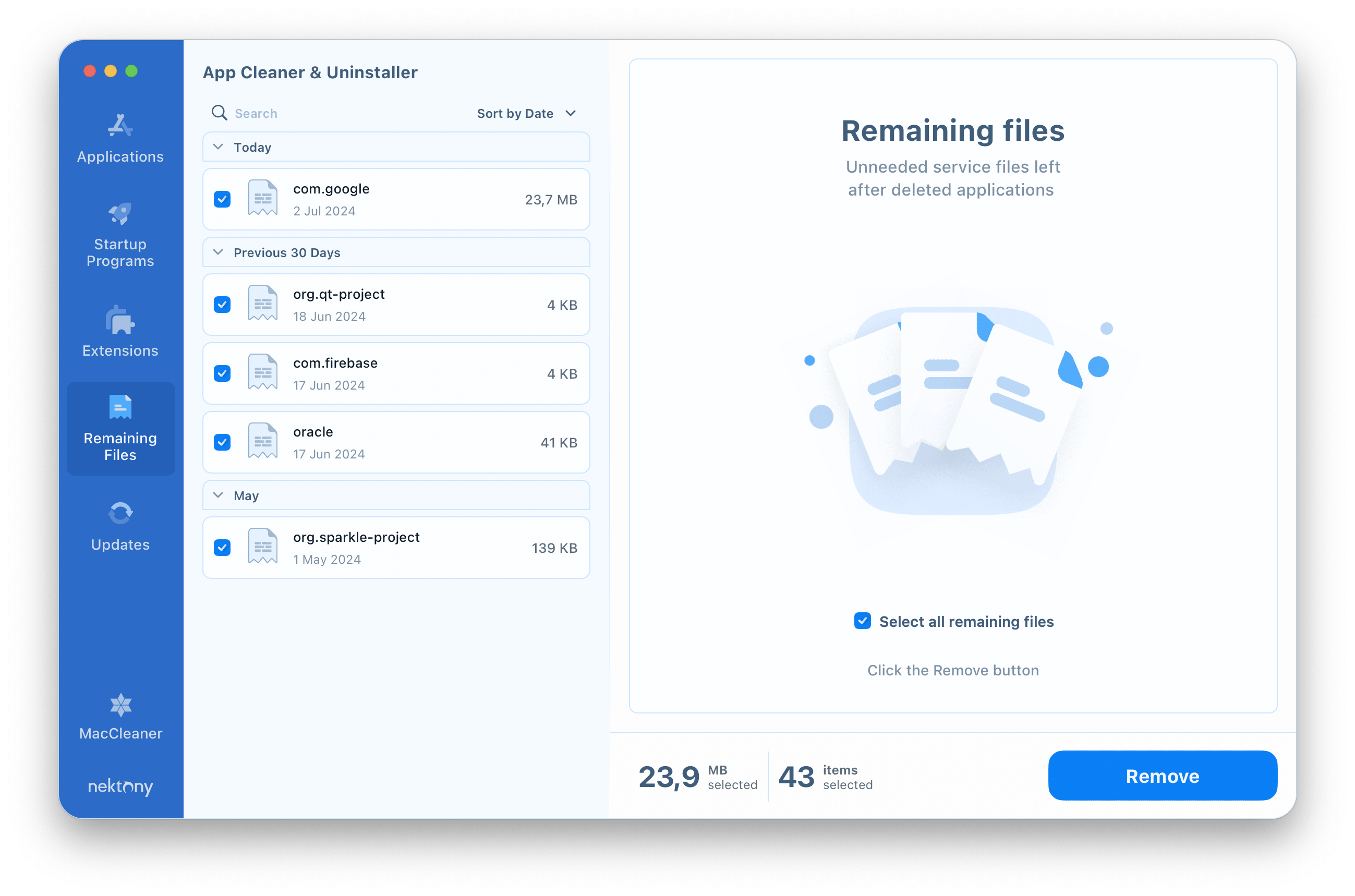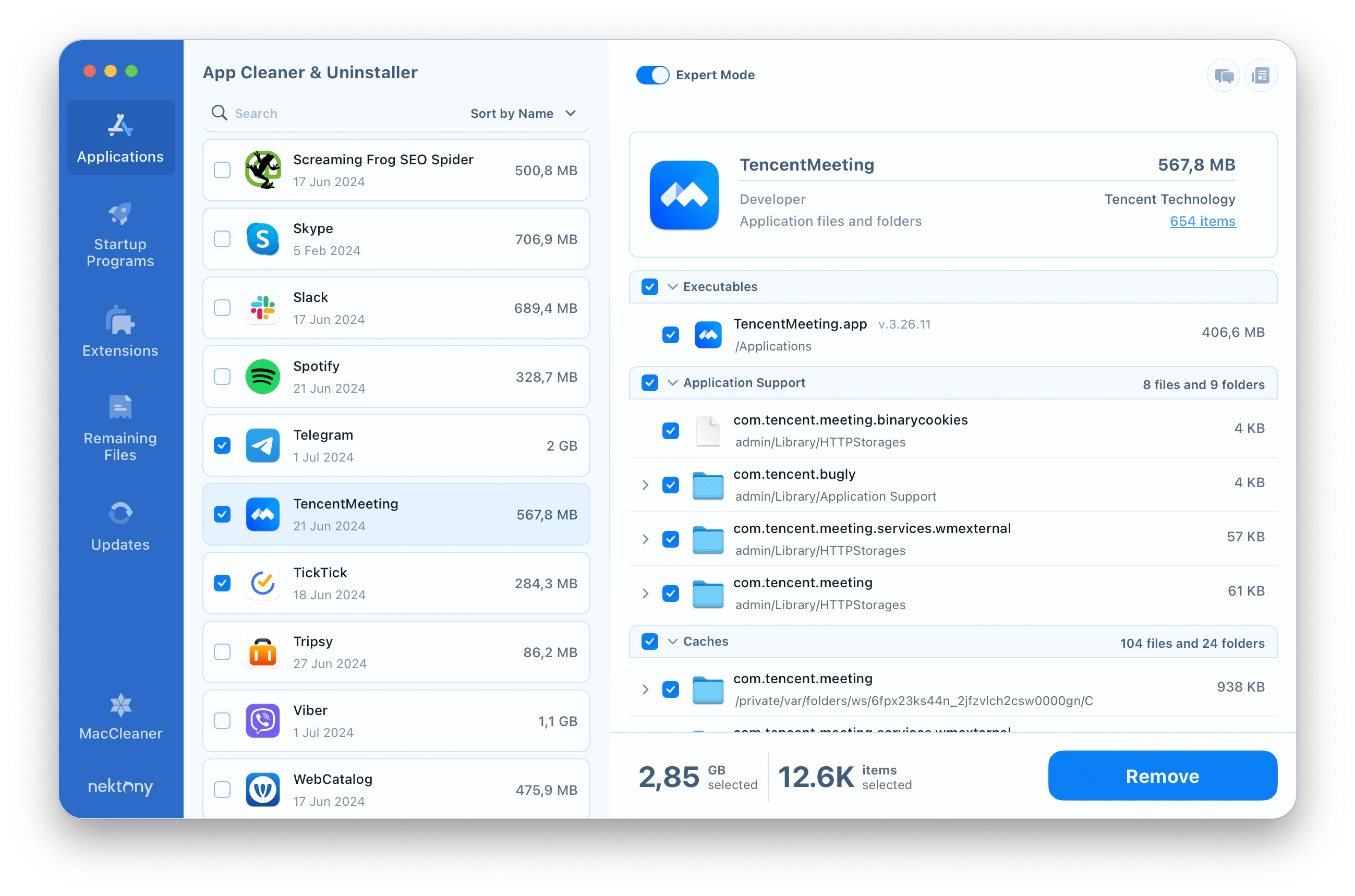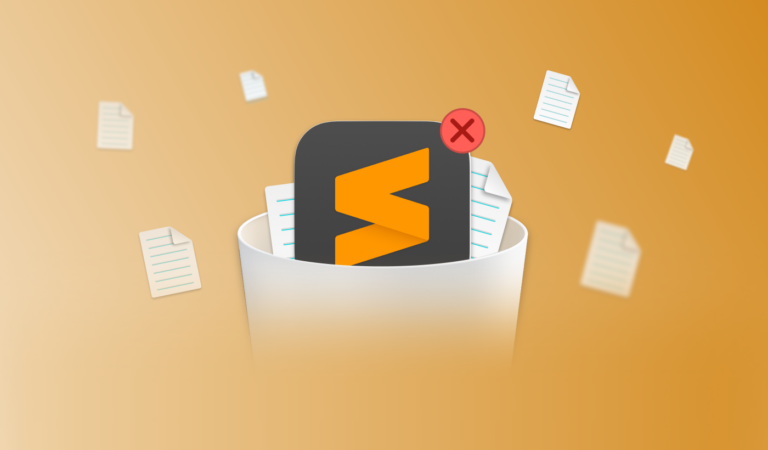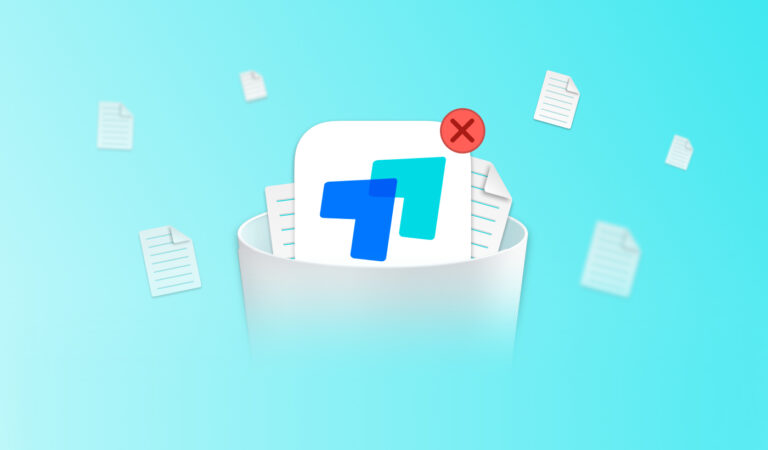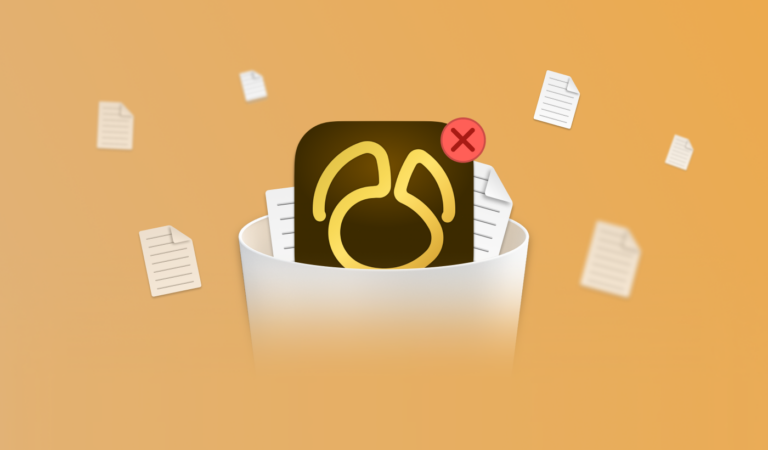How to delete apps and their leftovers on Mac
Have you ever wondered why, even after dragging an app into the Trash, there are still traces of it on your Mac? These remnants are known as leftover files, and they can take up valuable storage space if left unchecked. Let’s delve into why these leftovers exist and how you can efficiently remove them from your Mac.
Contents
- What are leftover files?
- How to manually find leftovers
- How to find apps’ leftovers with a few clicks
What are leftover files?
When you install an app on your Mac, it not only places the main application files in your Applications folder but also creates additional files in various locations on your system. These files can include preferences, caches, temporary files, and other data related to the app’s functionality. Although dragging an app into the Trash removes the main application files, it does not automatically remove these additional items, resulting in leftovers.
Some files may be hidden or stored in system directories that are not easily accessible to users. These leftover files accumulate over time and can start cluttering your Mac’s storage space if not dealt with properly. Moreover, some apps create background processes or services that continue running even after you delete the main application. The worst thing is that certain apps integrate deeply with the operating system, making it challenging to completely uninstall them without leaving behind remnants. These remnants can include system extensions, kernel modules, or configuration files that are not removed by simply dragging the app to the Trash. To thoroughly clean your system of leftovers, you may need to use third-party uninstaller tools or follow specific manual instructions.
How to manually find leftovers
Manually locating and removing leftover files can be time-consuming. However, we’ll explain how to do this. You’ll need to navigate to specific directories and delete the associated files. Follow these steps:
- Open Finder and click on “Go” in the menu bar.
- Hold down the “Option” key, and the Library folder will appear in the drop-down menu.
- Click on the Library folder.
- Navigate to the “Application Support” and “Preferences” directories.
-
Search for files related to the app you deleted and delete them. You can start by searching in the following directories:
- ~/Library/Application Support
- ~/Library/Preferences
- ~/Library/Caches
- ~/Library/Logs
- ~/Library/Containers
When you delve into the Library folder on your Mac, you may be surprised by the multitude of subfolders and files present. These directories store a wealth of information related to your applications, including settings, caches, and other data that may not be easily visible to the average user. By exploring these folders, you gain insight into the inner workings of your system and can make informed decisions about what to keep or remove.
Although this method allows you to remove leftover files manually, it can be time-consuming and prone to human error. Fortunately, there are more efficient alternatives available.
How to find apps’ leftovers with a few clicks
If you prefer a more streamlined approach, using a dedicated app uninstaller is highly recommended. One such tool is App Cleaner & Uninstaller from Nektony. It provides a comprehensive solution for removing apps and their leftovers swiftly and efficiently. Here’s how to use it:
- Download and install App Cleaner & Uninstaller.
- Launch the application and let it scan your Mac for installed applications.
- Switch to the Remaining Files section from the left panel.
- Select all leftover files and click the Remove button.
App Cleaner & Uninstaller simplifies the process of removing apps and their leftovers by automatically scanning your system and identifying all the associated files. Not only does it save you time, but it also ensures that no leftover files are left behind.
App Cleaner & Uninstaller from Nektony is a powerful tool designed specifically to remove applications and their associated data completely. You can simply drag and drop the application you want to delete onto the App Cleaner & Uninstaller interface, and it will scan for all related files, allowing you to delete them with a single click. Or you can skim and delete your apps by following these steps:
- Launch App Cleaner & Uninstaller.
- Turn on the Expert mode.
- Skim the scanned apps and select the apps you want to delete.
- Click on Remove.
- Review the list of associated data and confirm the deletion.
Conclusion
Deleting apps on Mac isn’t just about dragging icons to the Trash; it’s about ensuring a clean and optimized system. With tools like App Cleaner & Uninstaller from Nektony, you can effortlessly remove apps and their leftover files, reclaiming valuable disk space and improving overall performance. Whether you prefer a manual approach or a more automated solution, taking the time to thoroughly delete apps will keep your Mac running smoothly.
Furthermore, App Cleaner & Uninstaller offers additional features such as a tool for managing startup items, which can help improve your Mac’s boot time by preventing unnecessary applications from launching at startup. This comprehensive approach to system maintenance makes App Cleaner & Uninstaller a valuable tool for keeping your Mac clean and optimized.


